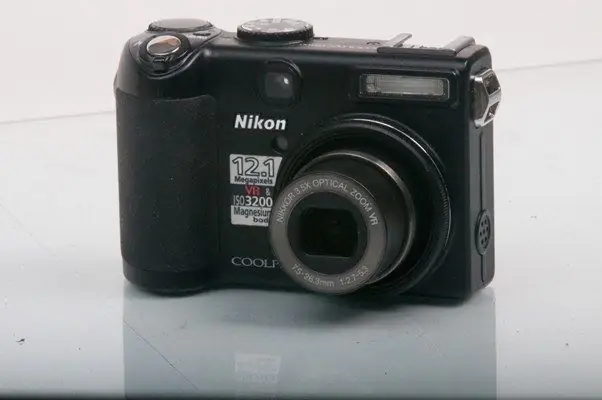Even in the days of film cameras, the art of photography attracted millions of fans. With the advent of digital cameras, the army of photographers has grown many times over. But the basic rules of shooting have remained the same - in order to get high-quality photos, you need to have certain knowledge.

The first thing a novice photographer will have to face is the choice of a camera. If you are going to take pictures exclusively for yourself, family, friends and acquaintances, you may be satisfied with an ordinary consumer digital camera with a resolution of the order of 8-10 megapixels. Make sure that the camera lens is at least 3x the optical zoom. You can ignore the digital zoom, as it does not actually enlarge the photo. Digital zoom, if necessary, is easier to perform on a computer. It is very convenient if the camera of your choice has a rotating screen, this will allow you to take pictures, for example, by raising your arms above your head.
If you plan on doing fine art photography, you will need a high-quality, high-resolution DSLR. How exactly? The more the better, but not less than 14-18 megapixels. Please note that a high-quality digital SLR camera has the ability to change lenses, which is not available in a compact digital point-and-shoot camera. When buying a camera, do not be too lazy to take a dozen pictures and carefully study the color rendition, best of all in the same store, transferring the pictures to a laptop. If you have any doubts about the correct color reproduction, refuse to purchase. It is also very important to find "your" camera - the one that you like. Do not neglect this simple advice, as "own" thing will reliably serve you for many years.
The camera is purchased. It is best to immediately purchase a memory card and batteries for it, since the built-in memory (we are talking about cheap models) is quite small, and, with active photography practice, you will have to change the batteries every few days. Batteries in this regard are much more practical and reliable. Just in case, always carry a spare set of batteries with you, they will help you out in the event that the batteries "run out".
Everything is ready, can you start taking pictures? Almost - first, carefully study the instructions of your camera, this will help you understand its capabilities in the available shooting modes. If everything is clear, you can start taking pictures.
Modern digital cameras, in comparison with film, have greatly simplified the shooting process. In fact, you just need to choose the correct shooting angle, point the camera at the subject, and lightly press the shutter button. The camera will automatically focus the lens correctly and notify you of this. Press the button all the way down and the shot is ready.
Despite the simplicity of photographing with a digital camera, there are still some rules to follow. Above all, do not photograph against the sun. Hold the camera steady when the shutter is released, otherwise the picture will be blurred. Do not chase after the number of shots - better less is more. Protect the lens from dust and water, never wipe it with your fingers, a handkerchief, shirt sleeve, etc. - you can damage the anti-reflective coating applied to it. Use only the dedicated cleaning kits, which include a lint-free cloth and cleaning fluid. Beware of blowing dust off the lens with your mouth, the smallest droplets of trapped saliva may necessitate a thorough cleaning. The easiest way to blow off dust is to use a conventional medical blower.
All photo editing is done on the computer. It can be carried out both in the program supplied with the camera, and in programs for working with images - for example, in Photoshop. For noise suppression, it is better to use separate programs, you can find them on the Internet. You can print finished photos both in photo shops and on a special printer. In the latter case, you gain complete independence and can take your time choosing how many and which photos you want to print.
Finally, it is worth noting that in the resulting high-quality photography, ninety percent of the credit belongs to the photographer and only ten percent to the camera used. Even a cheap "soap box", when used correctly and with an artistic taste, allows you to take wonderful photos.






